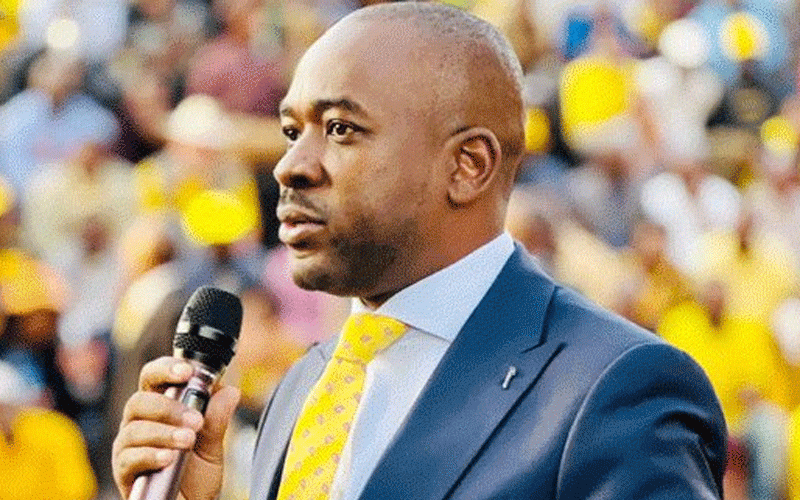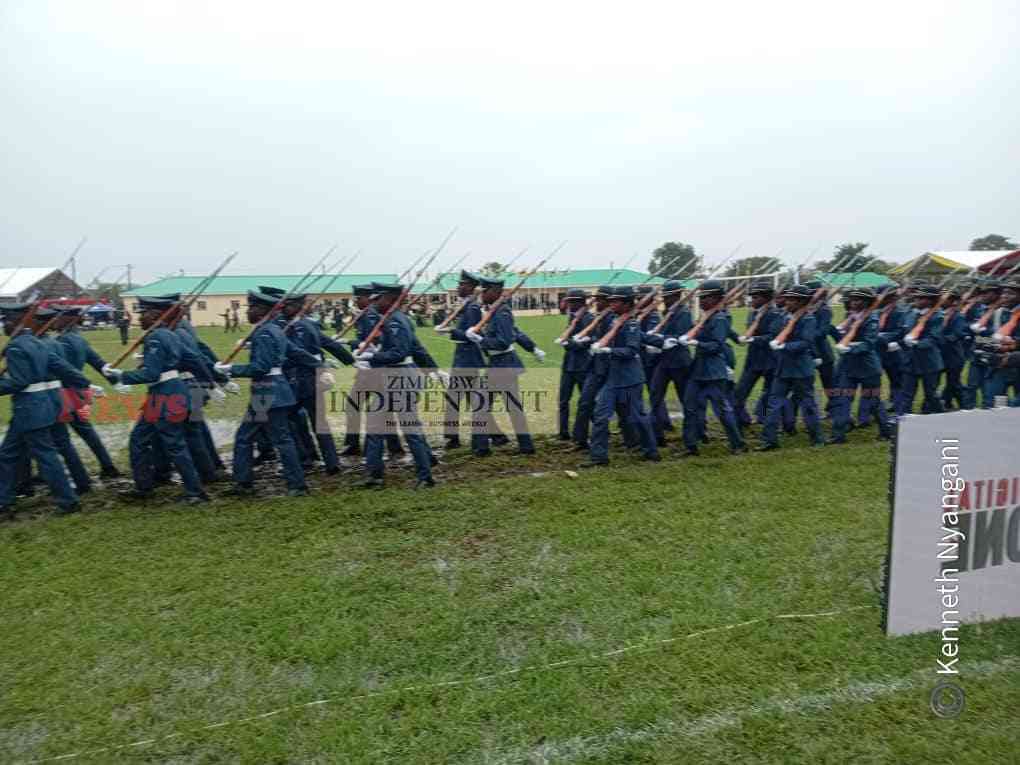
The exhibition will run until end of July and touches on the history of contemporary art in Zimbabwe which stretches way back when there was no formal art gallery.
“In the 1930s and 1940s early mission schools such as Serima Mission and Cyrene Mission had already adapted a curriculum in apprenticing young boys who carved biblical figures and murals for the decoration of churches in their own African style,” said National Gallery of Zimbabwe communications officer, Rutendo Mutadzapasi.
Serima Mission was founded by Father John Groeber who taught six school boys elementary artwork with materials that were immediately available locally and he had results from this workshop as far as drawing and carving skills were concerned.
Between 1956 and 1959 the students used the acquired skill to decorate their church at Serima with pillars and panels and in 1949, the works of a disabled Cyrene Mission student Sam Songo appeared in the London exhibition which toured Britain for two years and his piece is in this current exhibition.
“Several acclaimed artists of note emerged from these centres including Tapfuma Gutsa, Nicholas Mukomberanwa, Gabriel Hatugari, Lazarus Khumalo and Cornelio Manguma,” said Mutadzapasi.
Mutadzapasi said with the opening of the National Gallery of (then) Rhodesia, contemporary art was born and was nurtured to become the successful art movement we have today.
In 1957, the inaugural opening exhibition of the National Gallery of Rhodesia titled “From Rembrandt to Picasso” had no local works on show but consisted of pieces on loan from the world’s most prestigious galleries.
“Thereafter and for the first time in 1958 the National Gallery welcomed local artists and designers to showcase their work to the public at the first Annual Federal Art Exhibition and with the following annual exhibitions Zimbabwean art witnessed the birth and uncovering of early masters such as Tubayi Dube, Job Kekana, and Tom Maybank,” said Mutadzapasi.
- Chamisa under fire over US$120K donation
- Mavhunga puts DeMbare into Chibuku quarterfinals
- Pension funds bet on Cabora Bassa oilfields
- Councils defy govt fire tender directive
Keep Reading
Mutadzapasi said the dream of a workshop school came to form under the leadership of the first executive director of the National Gallery, Frank McEwen, in 1962.
“The gallery workshop school was full of life with Chris Chabuka, Joseph Ndandarika (whose works are also on exhibition) Boira Mteki, Tubayi Dube and Pitias Gwinisia carving powerful heads and figures in sandstone and white marble,” she said.
In 1964 the Commonwealth Festival of Arts in London welcomed participants from Zimbabwe such as Thomas Mukarobgwa, Kingsley Sambo, Charles Fernando and Marshall Baron who were at the time beginning to attract serious attention.
Other artists like Joram Mariga, who lived in Nyanga, came to the fore and in 1966 Tom Blomefield, who lived in Guruve, turned his tobacco fields into an art centre, now known as Tengenenge Sculpture Village, where he taught his workers handicrafts and sculpting.










